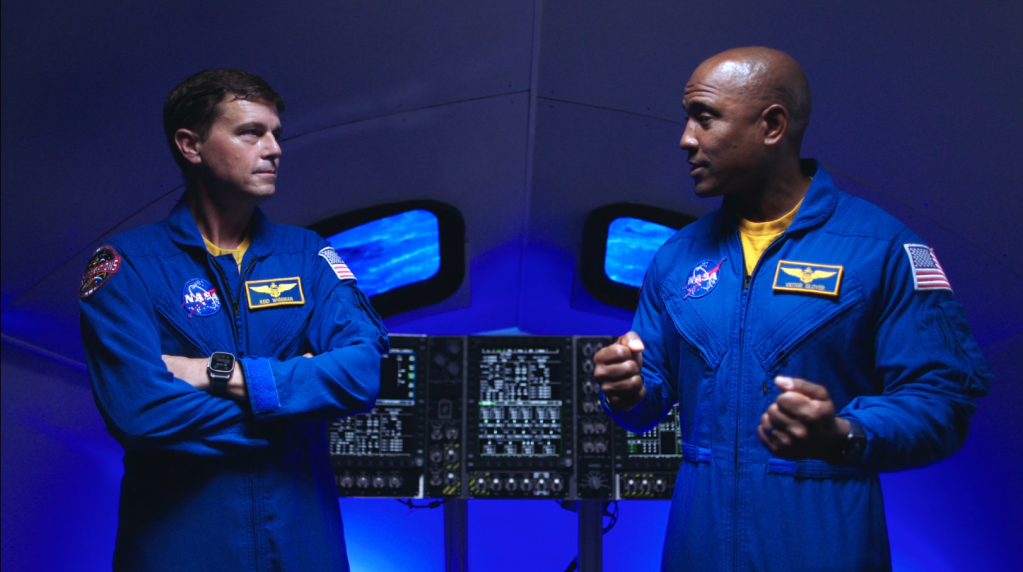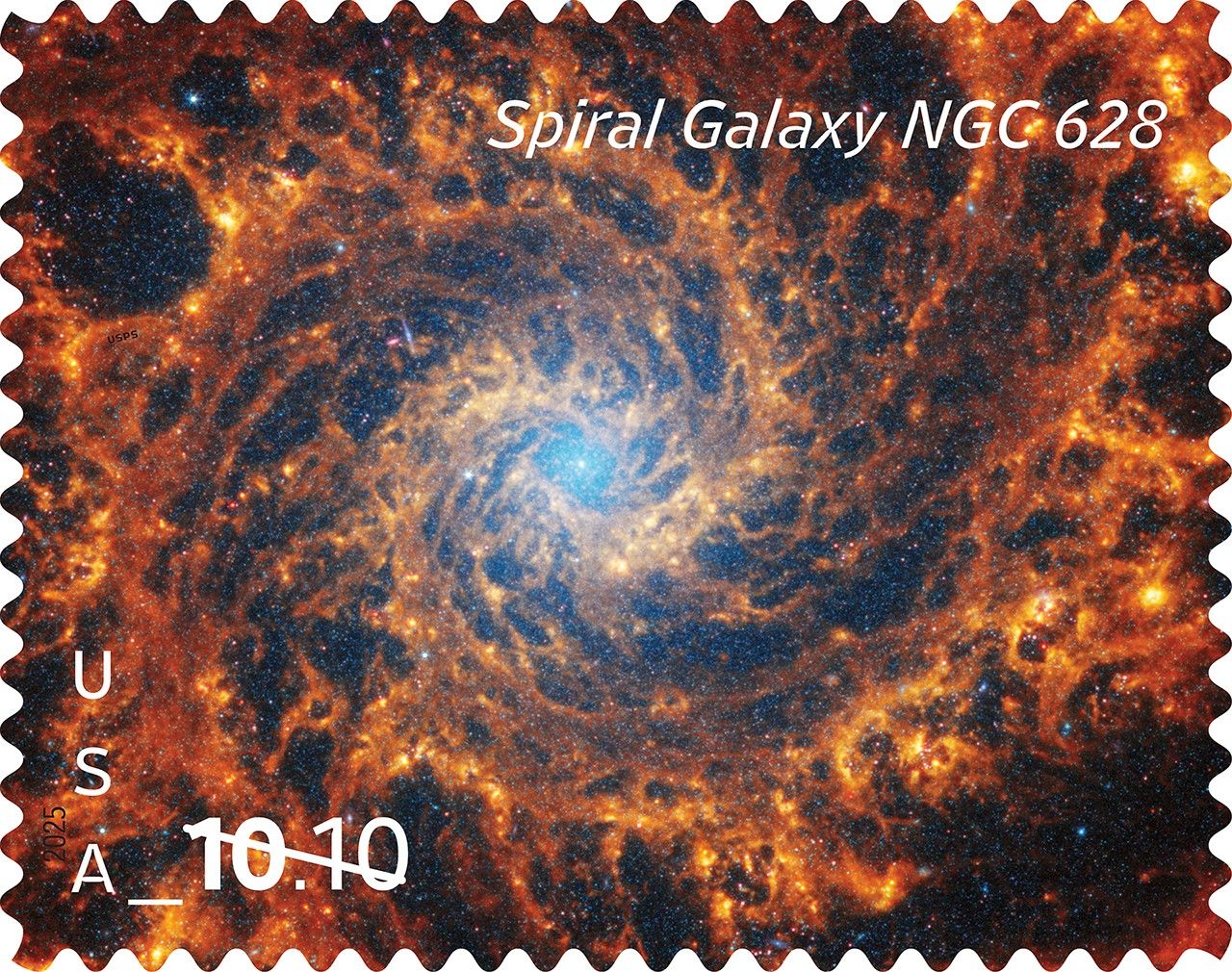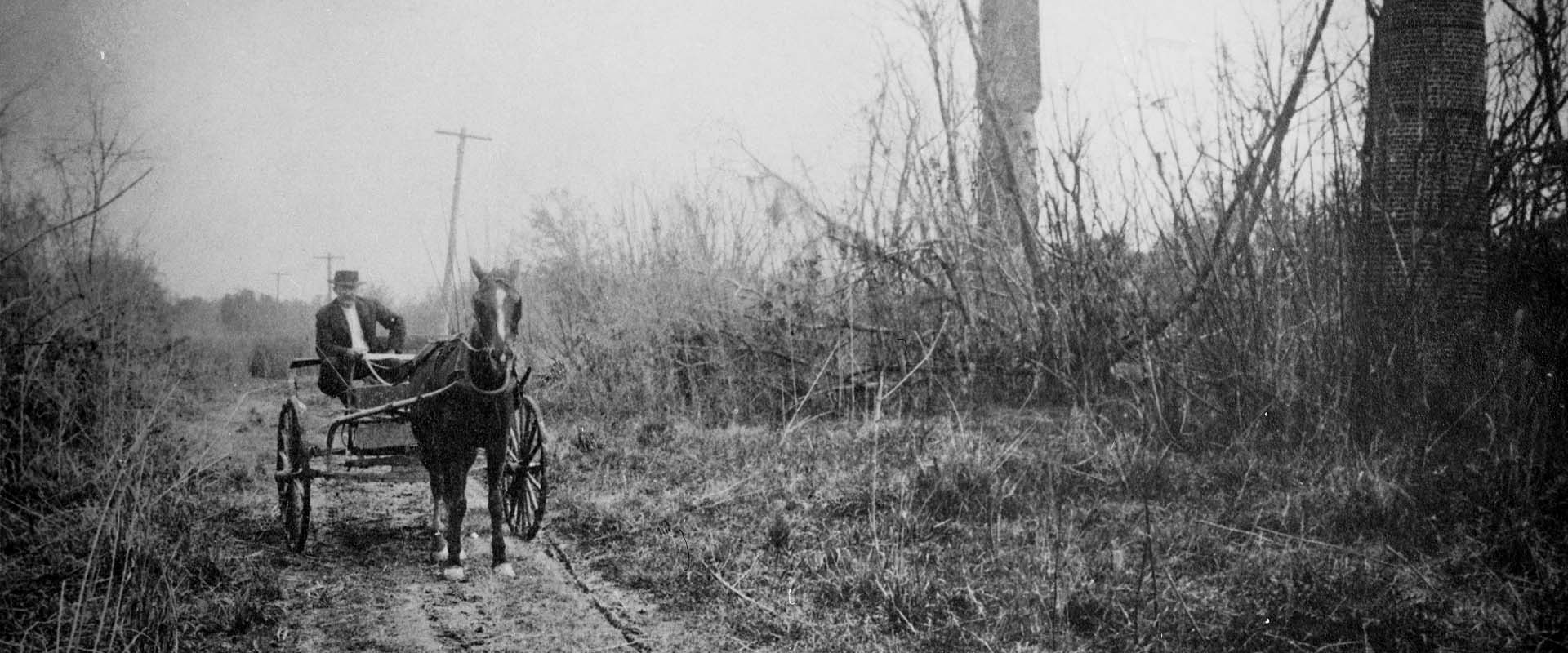Having previously served both the Apollo and Space Shuttle programs, the facility has adapted to support all NASA’s human space flight missions of the Artemis program. Today, Michoud is manufacturing and assembling the core stages for NASA’s Space Launch System (SLS) – the world’s most powerful rocket that will send the Orion spacecraft, astronauts, and supplies on bold explorations to the moon and beyond, the Orion spacecraft’s pressure vessel and launch abort system, and has begun production on SLS’s block 1B configuration Exploration Upper Stage.
| Year | Major Events Timeline |
|---|---|
| 1763 | Local merchant and militia commandant, Gilbert Antoine de St. Maxent receives 34,500-acres located 15 miles east of New Orleans in royal land grant from King Louis XV of France. |
| 1827 | French transplant and son of Napoleon’s Administrator of Domains, Antoine Michoud, acquires the land. Michoud operates a sugarcane plantation and refinery on the site until his death in 1863. Michoud’s heirs continue operating the refinery into the 20th century. Two brick smokestacks from the original refinery still stand at the Michoud facility today. |
| 1940s | Mobilization comes to Michoud Plant as the United States enters WWII, characteristic to the country’s “arsenal of democracy.” Michoud is selected by the U.S. Maritime Commission for a $30 million shipyard for the building of Liberty ships by Higgins Industries of New Orleans. The U.S. government buys a 1,000-acre tract of Michoud to support Liberty ship production. The U.S. Corps of Engineers dredges a connecting canal from the plant site to the nearby Intracoastal Canal, and construction of the shipyard begins. United States government takes over the half-completed site and cancels the Liberty project citing a shortage of steel. Higgins Industries is awarded the contract to manufacture 1,200 C-76 plywood cargo planes War Department cancels the C-76 contract siting increased aluminum production and shifts to C-46 cargo planes. The War Department cancels the contract soon after and none of the few C-46 cargo planes are used in the war effort. |
| 1951 | The Chrysler Corporation receives a $30 million contract for the manufacturing of the Army’s Patton and Sherman tank engines to support the Korean War efforts; and several hundred tons of humidity-control equipment is installed in the 43-acre plant. |
| 1961 | With the space race with the Russians heating up, the National Aeronautics & Space Administration took over the facility (Then called the Michoud Ordinance Plant) for design & assembly of large space vehicles. The plant was assigned to Chrysler and Boeing to set up production for the first stages of Saturn I and Saturn V. NASA manufactured the first stage of the Saturn I and the first stage of the Saturn V vehicles there, but there was not room to also manufacture the second stage of the Saturn V in this plant. Water access played a role in all site selections for new Apollo facilities. |
| Sep 7, 1961 | NASA acquires the Michoud site for design & assembly of large space vehicles. The plant is assigned to Chrysler and Boeing to set up production for the first stages of Saturn I and Saturn V. |
| 1970s | The Apollo program ends, and work begins on the Space Shuttle, the next generation launch vehicle. |
| 1979 | The first flight external tank, produced by Martin Marietta (now known as Lockheed Martin Space Systems Company) is delivered to NASA’s Kennedy Space Center on July 6, and is mated to the Columbia orbiter. |
| 1981 | STS-1 (Space Shuttle Columbia) launches on April 12, orbits the Earth 37 times during this 54.5-hour mission, and returns on April 14. It is the first manned space flight since the Apollo-Soyuz Test Project in 1975. |
| Aug 29, 2005 | Hurricane Katrina makes landfall off the coast of Louisiana as a Category 3 storm. 80% of the city of New Orleans floods including the area around Michoud. A ride-out team of 37 employees stays on-site to keep generators and pumps running, and to protect the facility and the flight hardware. |
| 2006 | NASA Administrator, Michael Griffin, awards the agency’s Exceptional Bravery Medal to Michoud’s ride-out team who “did nothing less than save America’s space program from, quite literally, being grounded for years.” |
| 2006 | The U. S. Coast Guard locates a temporary facility at Michoud and signs an agreement to locate a permanent facility on the site. Construction on the $90 million facility is completed in 2010. |
| 2010 | Space Shuttle Program begins transition and retirement efforts. |
| 2014 | Exploration Flight Test 1 (EFT-1) is successfully completed in December. |
| Nov 16, 2022 | NASA successfully launches Artemis I, the first integrated test flight of NASA’s Space Launch System (SLS) rocket and the Orion spacecraft |
| Dec 11, 2022 | The Orion spacecraft splashes down in the Pacific Ocean after a record-breaking mission, traveling more than 1.4 million miles on a path around the Moon and returning safely to Earth, completing the Artemis I flight test. |
| Present | Manufacturing of the SLS core stages, the more powerful Exploration Upper Stages, Orion spacecraft pressure vessels and launch abort systems for the Artemis missions continue at Michoud. |


























